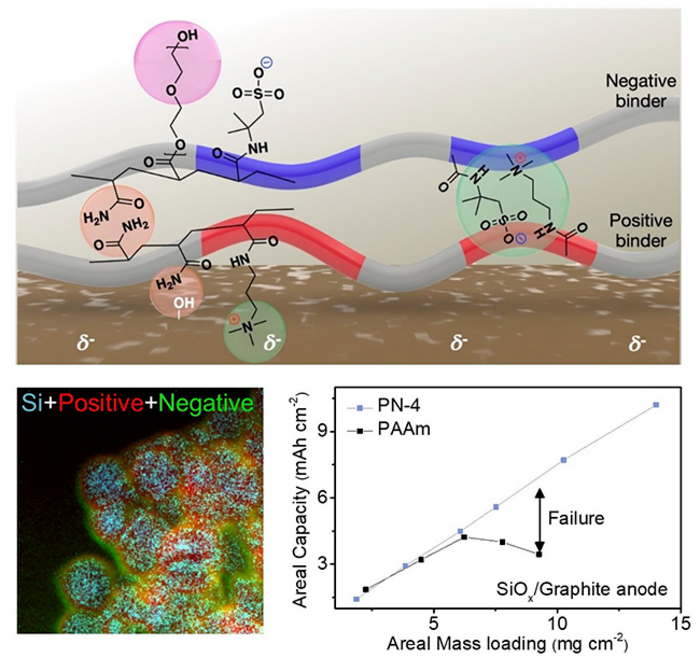Innovative Battery Technology Promises 10x EV Range Expansion
Written on
The Future of Electric Vehicles
The adoption of Electric Vehicles (EVs) faces a significant barrier due to their limited range. This issue is paramount for many potential users. Enhancing battery capacity is crucial for alleviating range anxiety, a prevalent concern among prospective EV purchasers. With an extended battery range, drivers can confidently embark on longer journeys without the worry of depleting their battery.
This advancement also simplifies EV ownership, allowing for longer intervals between charges and less dependence on public charging stations. Ultimately, improved battery ranges could make EVs a more feasible and attractive choice for a broader audience, facilitating the shift towards cleaner and more sustainable transportation solutions. Fortunately, researchers are actively working on overcoming this obstacle.
Breakthrough in Solid-State Battery Technology
An international collaboration has yielded a new electrode design for solid-state batteries (SSBs) that promises remarkable stability.
The innovative battery technologies we will explore are set to accelerate the already impressive growth of EV sales, which exceeded $1 trillion globally in 2022. A team from Pohang University of Science & Technology (POSTECH) and Sogang University has introduced a new polymeric binder that could potentially increase the range of electric vehicles by a factor of ten.

“The research holds the potential to significantly increase the energy density of lithium-ion batteries through the incorporation of high-capacity anode materials, thereby extending the driving range of electric vehicles. Silicon-based anode materials could potentially increase driving range at least tenfold.”
~ Prof. Soojin Park, Team Lead
New Advances in Anode Materials
Researchers have replaced graphite with a silicon anode combined with layered-charged polymers to create a novel polymeric binder for high-capacity anode materials that is both stable and dependable. This new anode material demonstrates a capacity that is at least ten times greater than that of conventional graphite anodes. This significant advancement in battery technology illustrates that stable and reliable high-capacity anodes can be developed through the right combination of materials and techniques.

Achieving high-energy density in lithium-ion batteries necessitates high-capacity anode materials like silicon, which can provide significantly more capacity than traditional graphite. However, utilizing such materials presents challenges, particularly with volumetric expansion during reactions with lithium, potentially compromising battery stability. Researchers are investigating polymer binders to manage this expansion effectively.
Historically, polymer binder research has concentrated on chemical crosslinking and hydrogen bonding. Chemical crosslinking creates solid materials through covalent bonds, but these bonds are irreparable once broken. Conversely, hydrogen bonds are reversible secondary bonds, although their strength is relatively weak.
New Polymer Binder Developments
While hydrogen bonding has its advantages, the research team has developed a new polymer binder that leverages both hydrogen bonding and Coulombic forces—the attractive forces between positive and negative charges. These Coulombic forces are much stronger (250 kJ/mol) compared to hydrogen bonds (10–65 kJ/mol), yet they remain reversible, facilitating efficient management of volumetric expansion.
The surface of high-capacity anode materials is predominantly negatively charged. The layered-charged polymers alternate between positive and negative charges, effectively binding with the anode. The team has also incorporated polyethylene glycol to enhance the binder's physical properties and promote lithium-ion diffusion, resulting in a robust high-capacity electrode and optimal energy density in lithium-ion batteries.
Complete research findings are available in the Journal of Advanced Functional Materials.
This video discusses how new technology could make EV batteries resistant to extreme temperatures, enhancing their reliability and performance.
In this video, explore how advancements in EV technology allow for extended range and rapid charging without compromising efficiency.